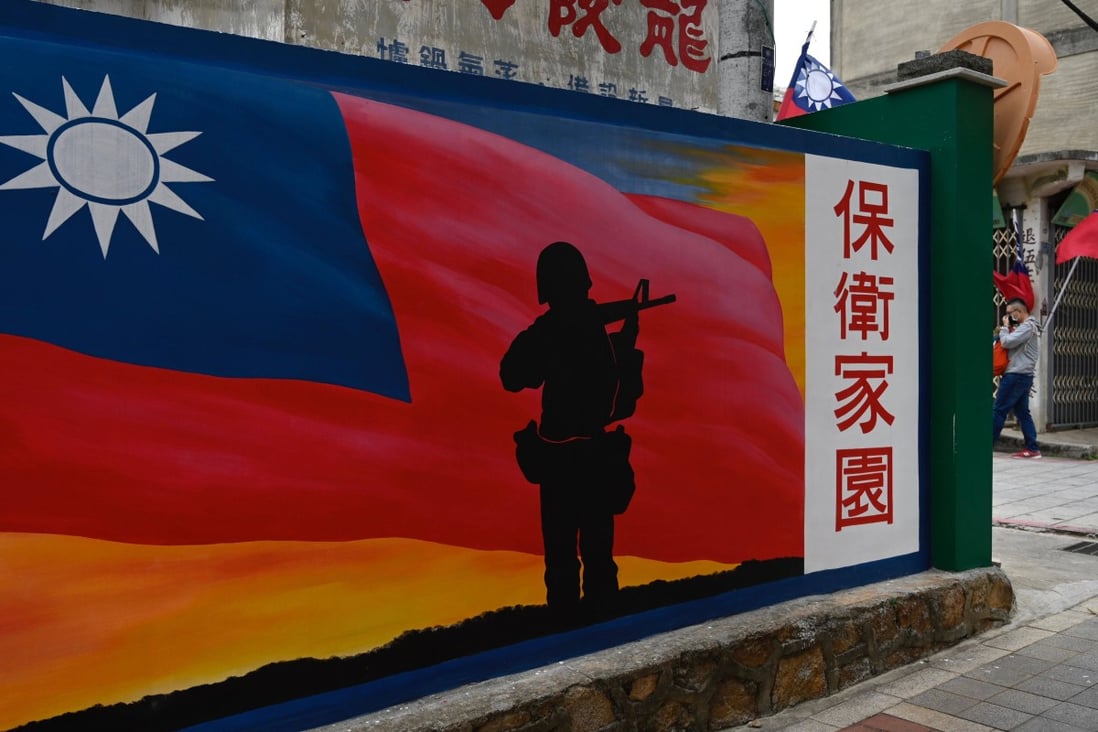When tensions such as those over Taiwan and the South China Sea spill over into violence, productivity plummets and wealth is destroyed
Nationalism and negative views of China are rising worldwide, and any shift from the status quo could destroy productivity for decades to come
In this context, it is useful to consider the true cost of conflict. The cost is much higher than a direct calculation like military expenditure; an accurate measure must include lost productivity. While the obvious potential source of military conflict is Taiwan or the South China Sea, anxiety is also rising over Hong Kong, Covid-19, the trade war, sanctions, cyberwar and so on.
The video somehow flowed through my phone hotspot. We chatted about the relative speed of vaccine distribution in Delhi and Connecticut, a vaccine created in record time. The list of such innovative moments goes on and on. Amid such wonders, fighting over land or who can read what newspapers seems anachronistic. Yet, nationalism persists.
Calculating politicians tap into those primitive urges. Also, the cultural collisions this new technology accelerates are real. While the Google employee and I were of one mind about technology, our cultural traditions are distinct.
When this tension spills over into violence, productivity plummets and wealth is destroyed. The US invasions of Iraq and Afghanistan cost around US$6 trillion. This money could have been used to upgrade America’s creaky infrastructure. Instead, the spending had an intolerably high human cost and did not create stability in either region.
The track record of poorly conceived military ventures is long. German wealth was wiped out twice in the first half of the 20th century. For example, the 1923 hyperinflation triggered by efforts to pay war reparations followed by World War II eviscerated German wealth.
Yet, the scars run far deeper. The true cost was the enormous productivity Germany lost by failing to choose another path. German mathematics was crippled because top talent left, depriving those who remained of critical instruction and generations of talent being born abroad.
The closest recent parallel to a potential US-China clash is Crimea. Russia invaded Crimea in 2014, a decision supported by many Russians and one the Kremlin deemed in its interests. In response, the UN General Assembly passed a resolution affirming Ukraine’s territorial integrity. The United States and Europe applied sanctions.In the same year as the invasion, Saudi Arabia refused to cut oil production. This led to a collapse in the price of oil, Russia’s key export. Before the invasion, the Russian rouble was trading at 35 to the US dollar. Afterwards, it fell to 80 and has yet to recover.
Just as German mathematics suffered after WWII, the Crimea invasion left a lasting scar on Russian productivity. This is most clearly seen in the cost of capital. Ten-year interest rates are below 2 per cent in the US, around 3 per cent in China and closer to 7 per cent in Russia.
A high cost of capital impairs investment. One example is household debt. Russian household debt is around 20 per cent of GDP. By contrast, the US is closer to 80 per cent and it is
60 per cent in China. This lack of capital formation directly ties to GDP growth.
Russian GDP is around US$1.7 trillion. If household debt levels were closer to China’s, Russia would have produced another US$600 billion of spending since 2014, similar to the type of growth rates China has enjoyed.
For now, I maintain exposure to both US and Chinese assets. I also believe Russian assets are attractive, in part because the rouble is depressed relative to the US dollar. The odds of productive dialogue with China are higher under US President Joe Biden than under Donald Trump, and both markets have attractive characteristics.
That said, negative views of China are rising worldwide. If the status quo around Taiwan or the South China Sea shifts from posturing to actual conflict, not only will my asset allocation be in danger, the hit to productivity will last for decades to come.
Paul Podolsky is an investor, author and podcast host, see: paulpodolsky.com. He spent over 20 years on Wall Street, most of that time with Bridgewater Associates
